
Malnutrition cases hike among the poor in South Sudan
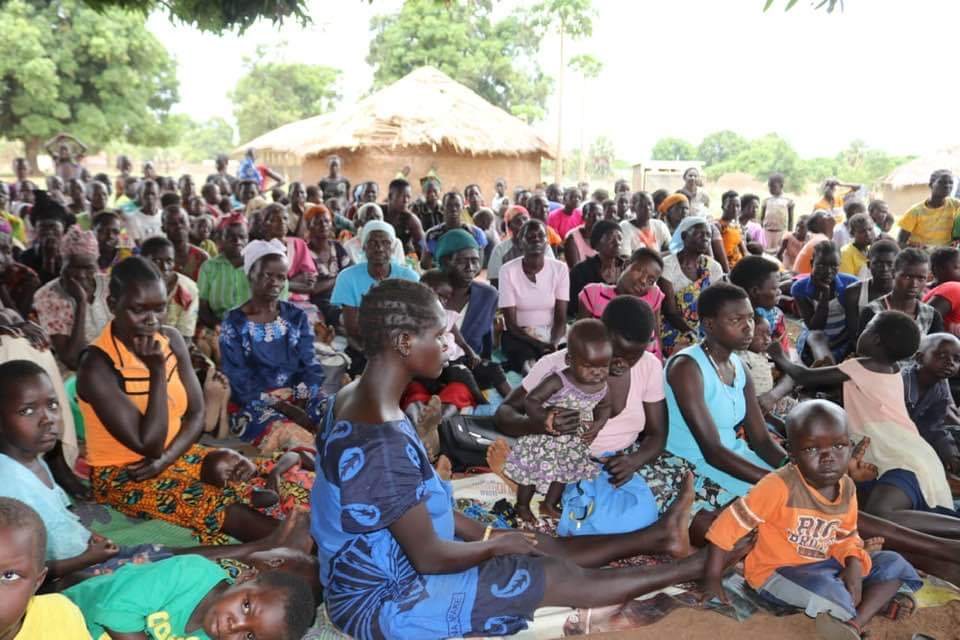
UN Children’s agency: Provisional reports confirm that since violence started on 7 May in Pibor county more than 2,000 cartons of Ready-to-Use-Therapeutic-Food have been looted, enough to treat 2,000 children with severe acute malnutrition. Almost half of nutrition centers treating children with malnutrition have temporarily stopped operating. This has a direct and immediate effect on the survival of children.
By Diing Magot
A nearby baby cries as 11 – month – old Blessing is cradled in the arms of a young woman at the Kimu health center in Juba’s Gudele suburb. The baby’s arms and legs look rail – thin.
21-year – old Esther Awate, a neighbor who volunteered to bring Blessing to the center, says the baby has lost a lot of weight and seems to be very weak.
Awate says the child’s mother abandoned her baby in November last year and that is when she began to care for the child.
Blessing wasn’t getting milk like the powdered milk for kids. No proper food either, says Awate.
“They admitted her and treated her at the center, her body was really weak and so I brought her to be given peanut butter.”
“If there’s little food, we give it to her for her body to look good.” Awate re-counts.
28 – year old Sebila Wani took her twin daughters; Joyce Roman Brown and Rejoice Roman Brown, to the Kimu Health Center as they too, are malnourished.
Mrs. Wani says her daughters were admitted to Kimu in February this year.
She says health workers at the health center taught her how to take care of her children’s nutrition needs. The girls received peanut butter paste at the center for nutrition and to help them put on weight since Mrs. Wani’s family can barely afford food.
“We don’t have work. My work is to look after the children. Their father is also searching for a job. To get food is really hard. It’s so hard for us to get food every day. If there’s something or if there’s nothing, you just stay (hungry).” Mrs. Wani narrates her ordeal.
The UN children’s agency UNICEF warns that 1.4 million children in South Sudan will suffer from acute malnutrition this year. The agency says a nutrition crisis is unfolding in South Sudan due to inter-communal conflicts, food insecurity, high food prices, child morbidity, a lack of access to water, sanitation and hygiene.
According to Andrea Suley, the outgoing UNICEF Representative for South Sudan, UNICEF supports a total of 1,172 nutrition centers across the country, providing inpatient and outpatient care for malnourished children. She says there are an estimated 1.4 million malnourished children across South Sudan.
“If 1.4 million children were to join hands to form a human chain, it will go from here way past Wau. So, 1.4 million children is a lot.”
Out of the 1.4 million children, Suley projects that about 300,000 will suffer from severe acute malnutrition, which is the most serious in children.
“These are the children who are on the brink of death and we can all agree that a young life so new to the world being on the brink of death is very heartbreaking and requires immediate action.” Suley added.
About three months ago, the Chinese Embassy in South Sudan donated more than 14 thousand boxes of Ready-To-Use Therapeutic Food or RUTF to UNICEF. Suley says UNICEF also teaches parents how to prevent malnutrition.
“We are very focused on working with moms and dads and caregivers to teach them how to prevent malnutrition, about healthy diets, (and) about breast feeding, when it comes to children and specific nutrition.” Suley says, noting that UNICEF also provides treatment for severe acute malnutrition in conjunction with the World Food Program (WFP) who also support all families with food.
Eric Alain Ategbo, the nutrition coordinator at UNICEF, says three areas of the country have the worst malnutrition rates among children.
“Unity, Jonglei and Upper Nile states are the most affected by severe acute malnutrition.
Komakech Ronald Mandela, The Nutrition Coordinator at World Vision, says a lack of dietary diversity is a big problem in South Sudan. Only 25 percent of children under five consume more than five food groups and only four percent of the children are able to achieve the minimum acceptable diet comprised of dietary diversity according to Mandela.
Where we are located in Juba it is represented that the global acute malnutrition it is at 15.3 percent which can be translated to be critical as the WHO classification it is classified as critical.
Aside from treating hundreds of thousands of children for malnutrition and severe acute malnutrition, Suley says children need clean water, sanitation, and peace in every community to be healthy.
The featured image shows Internally displaced People (IDPs), women and children in Yei, Central Equatoria State. Courtesy Photo:

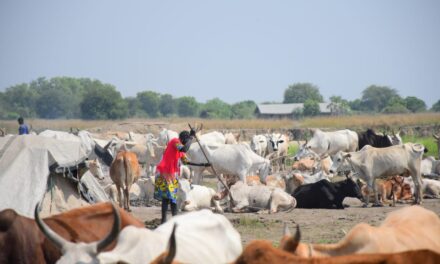

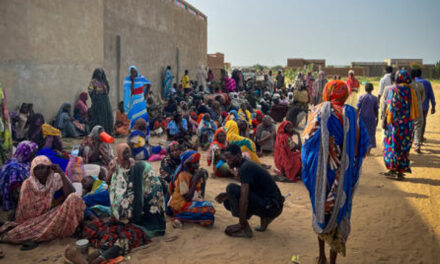


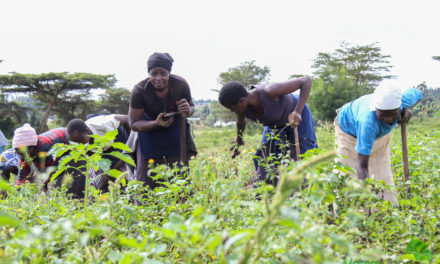
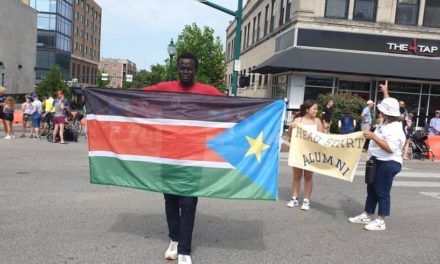

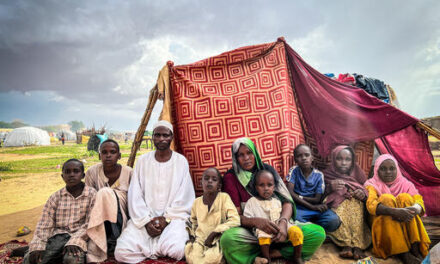
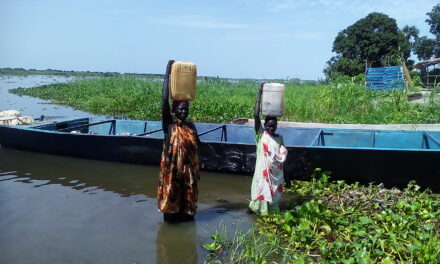


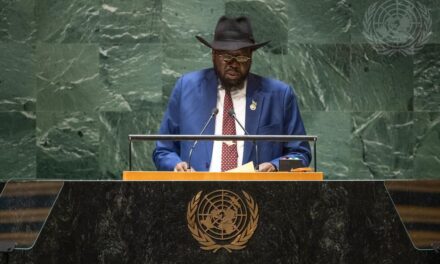

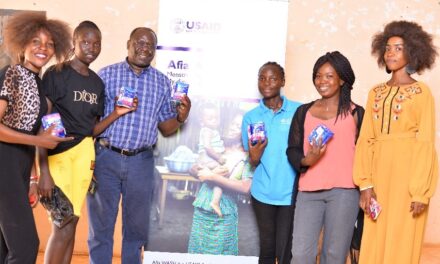

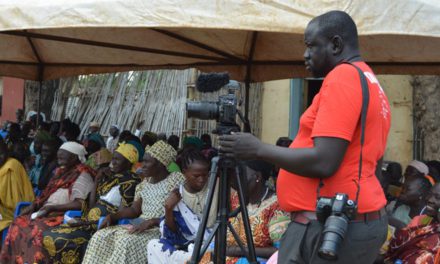

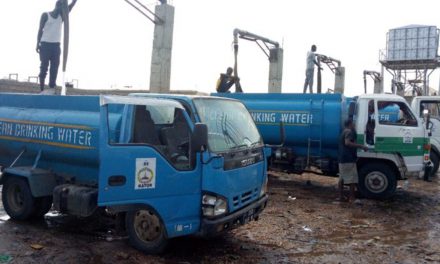
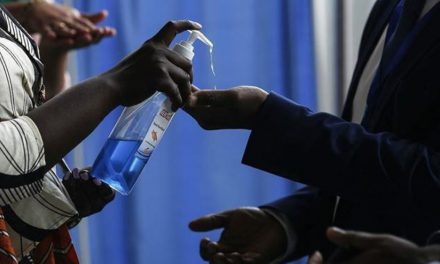
Recent Comments